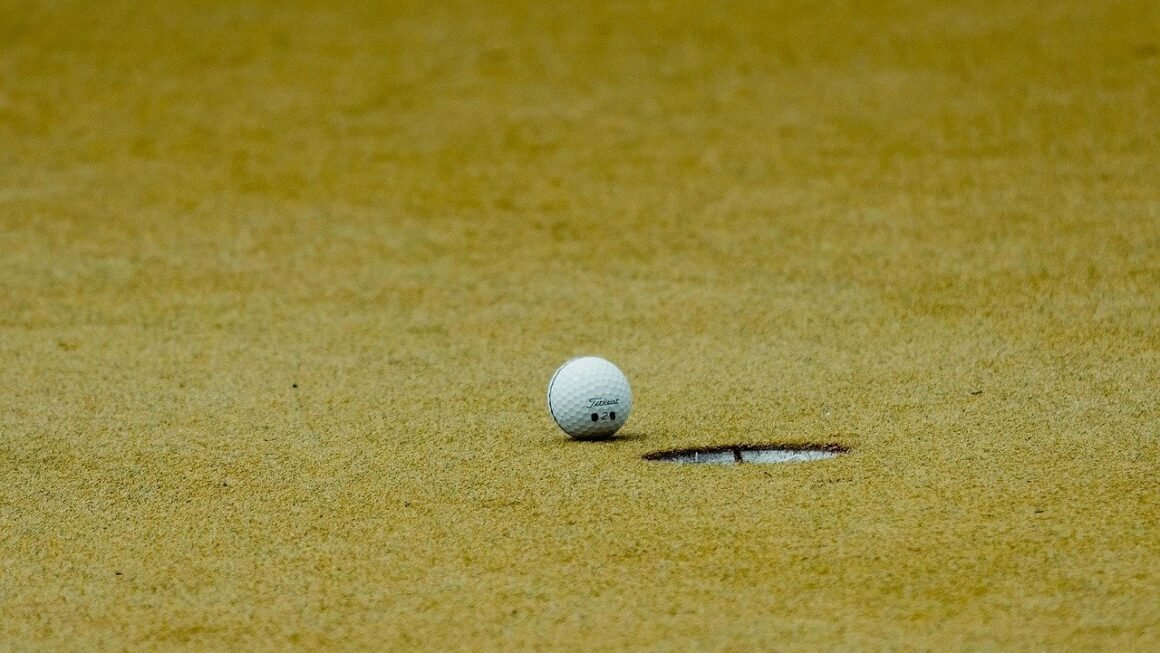Judo, the “gentle way,” is more than just a martial art; it’s a philosophy, a sport, and a path to self-improvement. Rooted in the principles of efficiency, respect, and mutual welfare, Judo offers practitioners a unique blend of physical and mental discipline. Whether you’re looking for a challenging workout, a way to develop self-confidence, or a deep understanding of Japanese martial arts, Judo provides a rich and rewarding experience. This blog post delves into the history, techniques, benefits, and practical aspects of Judo, providing a comprehensive guide for beginners and seasoned martial artists alike.
The History and Philosophy of Judo
The Origins of Judo
Judo was founded in 1882 by Jigoro Kano. Kano, a small and physically weak individual, sought to develop a martial art that emphasized technique and leverage over brute strength. He drew inspiration from various Jujutsu styles, modifying and refining them to create a system that was both effective for self-defense and conducive to personal development. His goal was to create a “way” (道, dō) of life that would promote physical and mental well-being.
- Kano developed Judo at the Kodokan, his dojo in Tokyo.
- He eliminated dangerous techniques present in Jujutsu.
- Judo was conceived as a method for physical education, moral development, and ultimately, contribution to society.
The Core Principles
Judo is built on three core principles:
- Seiryoku Zenyo (精力善用): Maximum efficiency, minimum effort. This principle emphasizes using your energy in the most effective way possible. It means understanding leverage, balance, and timing to execute techniques without relying solely on strength. For example, instead of trying to overpower an opponent, you would use their momentum against them.
- Jita Kyoei (自他共栄): Mutual welfare and benefit. This principle stresses the importance of working together for the benefit of oneself and others. In Judo, this translates to respecting your training partners and helping them improve. It also implies that true victory comes when both you and your opponent learn and grow from the experience.
- Shoshin (初心): Beginner’s mind. Maintain an open and eager attitude towards learning, even as you become more experienced. This involves humility and a willingness to continuously improve.
Judo Techniques: A Practical Overview
Standing Techniques (Nage-waza)
Nage-waza, or throwing techniques, are a fundamental aspect of Judo. They involve disrupting an opponent’s balance and using leverage to throw them to the ground.
- Tai Otoshi (Body Drop): A classic technique where you block your opponent’s leg and pull them forward, causing them to fall.
- Ippon Seoi Nage (One-Arm Shoulder Throw): A powerful throw where you turn your back to your opponent, pull them over your shoulder, and throw them to the mat. A key detail is to get your hips close to your opponent.
- Uchi Mata (Inner Thigh Throw): A complex throw that requires precise timing and footwork. You sweep your opponent’s inner thigh, disrupting their balance and causing them to fall.
Ground Techniques (Ne-waza)
Ne-waza encompasses grappling techniques performed on the ground. These include holds, chokes, and armlocks.
- Osaekomi-waza (Holding Techniques): Techniques used to pin your opponent on their back for a specified period (usually 20 seconds for Ippon in competition). Examples include Kesa-Gatame (Scarf Hold) and Kami-Shiho-Gatame (Upper Four-Corner Hold).
- Shime-waza (Choking Techniques): Techniques that restrict blood flow to the brain, causing the opponent to submit. Examples include Hadaka-Jime (Rear Naked Choke) and Okuri-Eri-Jime (Sliding Collar Choke). Important: These techniques must be applied carefully and with awareness of your partner’s well-being.
- Kansetsu-waza (Armlock Techniques): Techniques that hyperextend the opponent’s elbow joint, causing them to submit. Examples include Ude-Garami (Entangled Armlock) and Juji-Gatame (Cross Armlock). Important: As with chokes, these techniques must be applied with caution.
Breakfalls (Ukemi)
Ukemi, or breakfalls, are essential for safety in Judo. They allow you to fall safely and avoid injury when thrown.
- Ushiro Ukemi (Back Breakfall): Protecting yourself by slapping the mat with your arms at a 45 degree angle and tucking your chin to your chest.
- Yoko Ukemi (Side Breakfall): Protecting yourself by slapping the mat with one arm and keeping your body aligned.
- Mae Ukemi (Front Breakfall): Protecting yourself by using both arms to break the fall and keeping your chin tucked.
The Benefits of Practicing Judo
Physical Benefits
Judo offers a comprehensive workout that improves physical fitness in numerous ways.
- Strength and Conditioning: Judo requires strength, power, and endurance. Regular training builds muscle and improves cardiovascular health.
- Coordination and Balance: Judo techniques demand precise movements and a strong sense of balance.
- Flexibility and Agility: Judo involves stretching and dynamic movements that increase flexibility and agility.
- Weight Management: Judo is a calorie-intensive activity that can aid in weight loss and maintenance. A typical Judo class can burn between 500 and 800 calories.
Mental Benefits
Beyond the physical, Judo offers significant mental benefits.
- Self-Discipline: Judo requires commitment, perseverance, and the ability to follow instructions.
- Self-Confidence: Mastering Judo techniques and progressing through the ranks can boost self-esteem and confidence.
- Mental Toughness: Judo challenges you to push your limits and overcome obstacles, building mental resilience.
- Respect and Etiquette: Judo emphasizes respect for instructors, training partners, and the traditions of the art.
Social Benefits
Judo fosters a strong sense of community and belonging.
- Camaraderie: Training with others creates bonds of friendship and mutual support.
- Teamwork: While Judo is an individual sport, training involves working together with partners to improve.
- Cultural Awareness: Judo provides an opportunity to learn about Japanese culture and traditions.
- Networking: Judo dojos often attract individuals from diverse backgrounds, providing opportunities for networking.
Starting Your Judo Journey: Practical Tips
Finding a Dojo
Choosing the right dojo is crucial for a positive Judo experience.
- Research Local Dojos: Search online directories and ask for recommendations from other martial artists.
- Visit Multiple Dojos: Observe classes and talk to the instructors and students.
- Consider the Instructor’s Qualifications: Look for instructors with recognized certifications and a proven track record.
- Evaluate the Dojo’s Atmosphere: Choose a dojo that feels welcoming, supportive, and conducive to learning.
Essential Gear
You will need specific gear for Judo training.
- Judogi (Judo Uniform): A durable cotton uniform consisting of a jacket, pants, and belt. Start with a basic white Judogi.
- Belt (Obi): Indicates your rank in Judo. Beginners typically start with a white belt.
- Optional Gear: Mouthguard (for sparring), groin protector (for men).
Training Etiquette
Following proper etiquette is essential in Judo.
- Bowing (Rei): Bow to the mat upon entering and exiting the dojo, and to your training partner before and after practice.
- Respect for Instructors: Address instructors with respect and follow their instructions diligently.
- Cleanliness: Keep your Judogi clean and maintain good personal hygiene.
- Safety: Prioritize safety during training and avoid reckless or dangerous behavior.
Competition and Ranking in Judo
Judo Competitions
Judo competitions range from local tournaments to international championships.
- Scoring: Points are awarded for throws, pins, chokes, and armlocks.
- Ippon: A full point, awarded for a clean throw, a 20-second pin, or a submission. Two waza-ari scores also equate to Ippon.
- Shido: Penalties awarded for minor infractions. Accumulating penalties can lead to disqualification.
- Weight Classes: Competitors are divided into weight classes to ensure fair competition.
Judo Ranking System
Judo uses a Kyu/Dan ranking system.
- Kyu Grades (Beginner Ranks): Typically denoted by colored belts (white, yellow, orange, green, blue, brown).
- Dan Grades (Black Belt Ranks): Denoted by black belts, ranging from 1st Dan (Shodan) to 10th Dan (Judan). Ranks from 6th Dan and above are typically awarded for exceptional contributions to Judo rather than competition performance.
Conclusion
Judo, the “gentle way,” offers a path to physical fitness, mental discipline, and personal growth. By embracing its principles of efficiency, respect, and mutual welfare, practitioners can unlock their full potential and contribute positively to their communities. Whether you are a beginner taking your first steps or an experienced martial artist seeking a new challenge, Judo offers a rewarding and transformative experience. So find a local dojo, embrace the learning process, and embark on your own Judo journey today.



